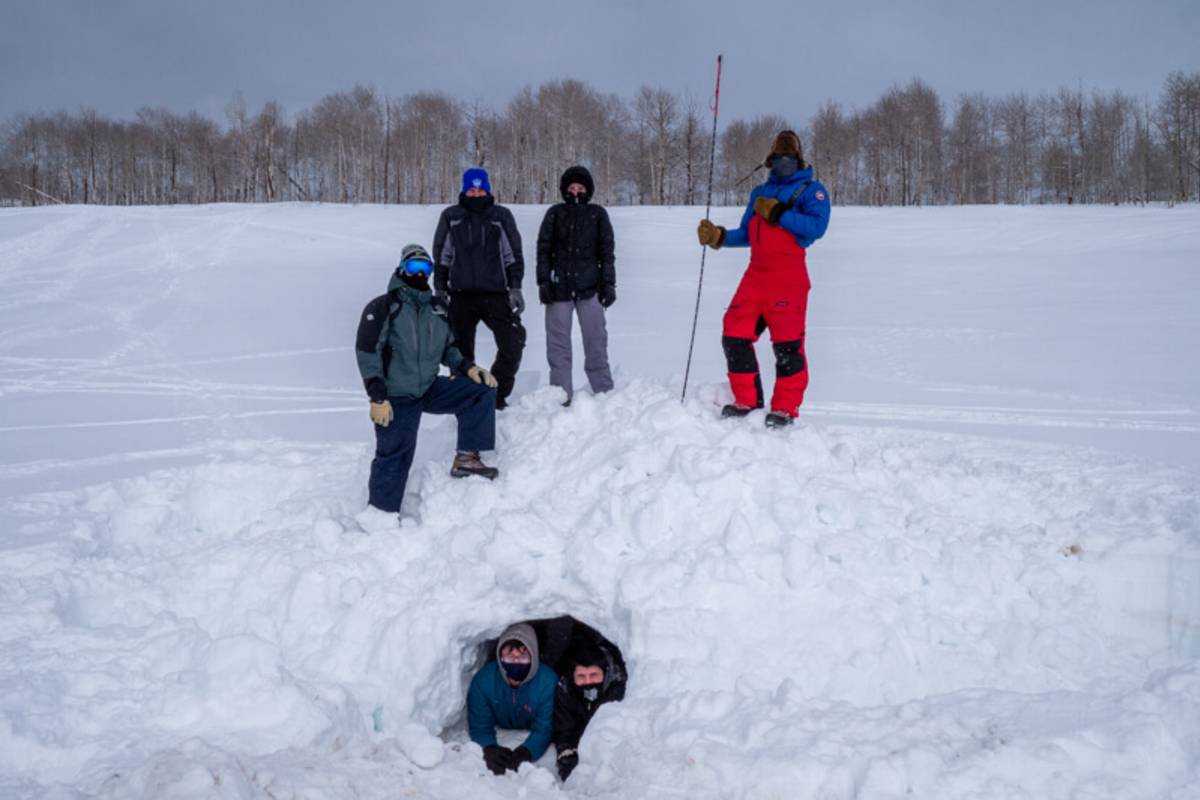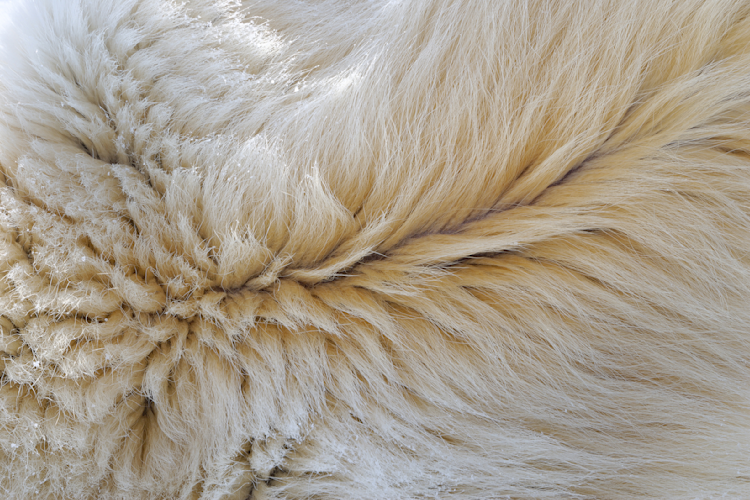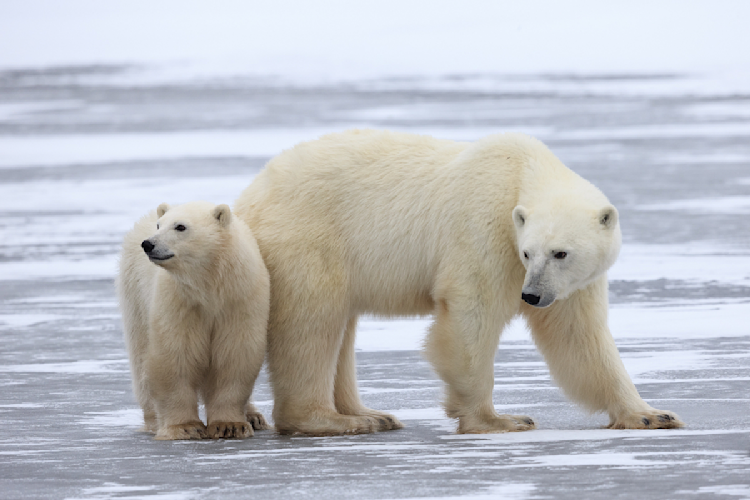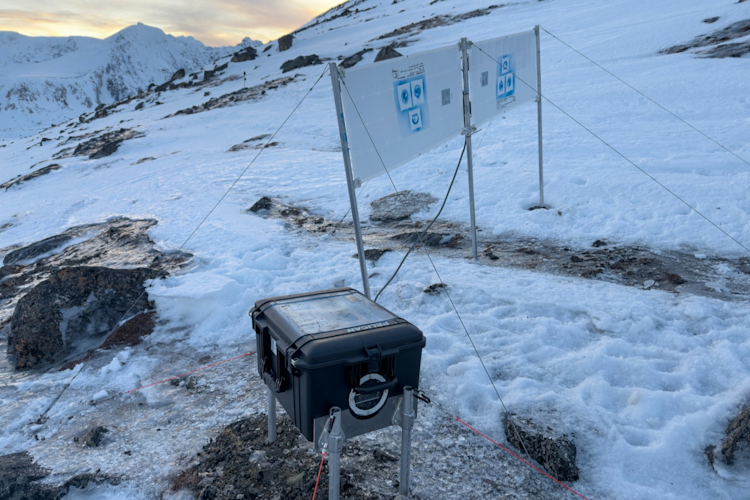This field effort was the culmination of a year-long capstone project that paired a group of senior engineering and computer science students and their faculty advisors with our team. The capstone team spent their first semester analyzing data from our past pilot SAR efforts in Alaska (also in partnership with Brigham Young University) and conceptualizing the challenges prior to this test.
The results of this pilot effort are very promising, with SAR successfully detecting both empty dens as well as dens with foil simulants and people. We gained enough information to further fine-tune SAR protocols for testing on known polar bear dens in the Arctic next spring. Following discussions with the team, we also plan to collect SAR data on polar bears walking on the surface of snow and sea ice to better understand their radar signature, which will further aid analysis.
If successful in the Arctic on real dens, SAR could be the next tool for den detection across the Arctic, replacing forward-looking infrared (FLIR), which is greatly limited in application by weather conditions like blizzards or fog—a frequent occurrence in the Arctic. Recent FLIR research conducted by our team shows that FLIR flights miss more than half of know polar bear dens in a given area, an unacceptably high rate that puts moms and cubs at grave risk of being disturbed. The high failure rates of FLIR underscore the importance of finding a better way to detect, and hence protect, denning moms and cubs.
Denning is one of the most vulnerable time periods in a polar bear’s life. Many scientists think of a polar bear den as essentially an extension of the womb. Polar bear cubs are blind and lightly furred when they are born; they need the protection of the den in order to survive until they are big enough to venture out into the cold and onto the sea ice. As climate warming and sea ice loss open up the Arctic to more industry, it is becoming increasingly important to be able to detect and protect critical denning areas, ensuring mother polar bears have a chance to successfully rear the next generation of cubs.
Detecting and protecting dens will be key to long-term conservation efforts, especially in places like Alaska with ongoing industrial activity. SAR may also play a role in detecting polar bears on the sea ice surface, not from an aircraft, but from an earth-orbiting satellite. The ability to detect and count bears on the sea ice surface would be a significant advance in monitoring populations range wide.
We're grateful to our generous donors for funding the first phase of this important research. Special thanks, too to Dr. Tom Smith, professor of biological sciences at Brigham Young University, for organizing this project and for connecting us with the university’s engineering and computer departments; to Dr. David Long, faculty advisor and director of BYU's Center for Remote Sensing; to Evan Zaugg, engineer with ARTEMIS, Inc.; and to the graduate students who conducted the research: Christopher Aniel, James Smith, Katherine Wright, Kyle Evans, Tayler Livingston, Tyler Christiansen.






















